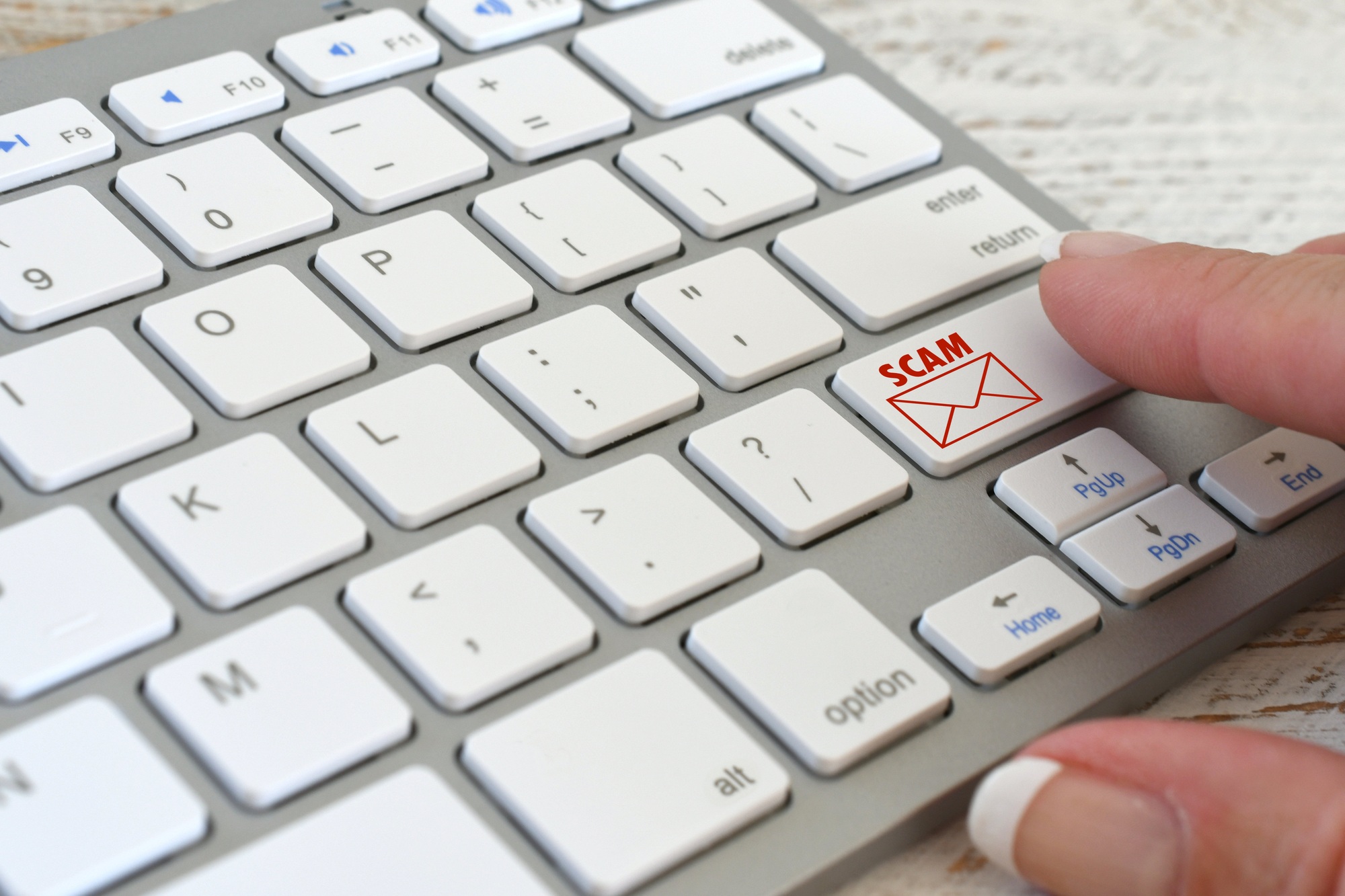Crafting the perfect email opening line can significantly impact your communication’s success. Whether you seek to engage a potential client or follow up with a colleague, the right start makes a difference. Emphasizing personalization and tone, this guide offers practical insights and examples. Learn to avoid common pitfalls and elevate your email interactions, ensuring your messages not only get opened but prompt meaningful responses.
The Significance of Effective Email Openings
Email greetings can dramatically influence how your message is received. In the quest to find the best techniques for opening an email, crafting an engaging opening is paramount. A strong opening increases the chances that your email will not only be opened but also warrant a response. This starts with selecting the right salutation. Consider using "Hi first name" or "Hello name" for a personalized touch, rather than the impersonal "Dear Sir or Madam." Tailoring your greeting to match your relationship with the recipient shows attention to detail and respect.
Also read : Mastering UK Retail Marketing: Winning Geo-Targeting Tactics for Digital Success
It’s equally important to avoid missteps like outdated or overly formal greetings that may alienate the recipient. Spelling a name wrong or using gender-specific titles without certainty can put off potential connections. Similarly, vague openers such as "To Whom It May Concern" don’t fit today’s communication expectations.
Additionally, the first sentence sets the tone for the entire email. Opt for polite and situationally appropriate lines like, "I hope this email finds you well," or a friendly, "Thanks for reaching out." Using culturally sensitive language and maintaining a balance between professionalism and approachability can encourage ongoing positive interactions.
In parallel : Revamping UK Museum Trips: The Definitive AR Guide for a Memorable Visit
Crafting Compelling Email Openers
Strategies for Personalization
Personalization in emails can significantly enhance engagement and response rates. Tailoring your greeting to the recipient’s context demonstrates effort and relevance. If you’ve met before, mentioning that interaction can rekindle familiarity, like "Great to meet you at event." For business contexts, referencing recent achievements within their company can show informed interest, such as "Congratulations on your successful project/achievement."
Examples of Effective Openers
Examples of effective email openers vary depending on the relationship with the recipient. For formal communication, try "Dear Name" followed by a polite inquiry like "I hope you are well." In more casual contexts or after initial contact, a simple "Hi Name, I wanted to touch base on…" suffices. Humor in openers, like "I hope your coffee is as strong as your work ethic today," may work in casual or familiar settings, adding a touch of personality.
Importance of Relevance
The relevance of your email opener cannot be overstressed. It sets the tone for the message and influences whether the recipient continues reading. Avoid vague or impersonal greetings like "Dear Sir or Madam." Instead, focus on specific connections to their recent activities, such as "I read your post about topic, and I’m interested in discussing related topic." This approach not only grabs attention but also facilitates meaningful dialogue.
Tailoring Openings for Different Contexts
Email openings significantly affect recipient engagement. Whether you’re aiming for a professional tone or a more casual approach, the right choice can make all the difference.
Professional vs. Casual Tone
For professional settings, begin with formal email greetings like "Dear name" or "Good morning name". These set a respectful tone and are well-suited for official correspondence or when contacting unfamiliar recipients. On the flip side, a casual tone is ideal for familiar recipients. Openings like "Hi name" or even "Hope you’re having a great day" can help foster a relaxed atmosphere without sacrificing professionalism.
Opening Lines for Cold Outreach
Cold emails present unique challenges, as recipients are often less inclined to engage. Piloting cold email opening techniques such as mentioning a mutual connection or complimenting a recent achievement can break the ice effectively. An opening like "I was impressed by your recent project on…" establishes a personal connection, increasing the chances of a response.
Following Up Effectively
In follow-up emails, it’s essential to remind the recipient of previous interactions. Lines such as "I wanted to follow up regarding our last meeting…" help maintain continuity. Avoid being too repetitive; keep it fresh and relevant to sustain engagement.
Analyzing the Impact of Email Openings
Crafting an effective email opening is a strategic necessity in professional communication. The psychology of email openers can greatly affect the recipient’s response rates and overall engagement. An inviting opener creates a positive first impression, capturing the recipient’s attention. Metrics to measure email opening effectiveness include tracking open rates and engagement levels, helping you understand which strategies resonate best.
Case Studies on Opening Line Effectiveness
Various case studies highlight the effectiveness of well-crafted opening lines. Companies that personalize their greetings see higher engagement, as tailored messages tend to feel more relevant to the recipient. Introducing emails with context or shared interests can significantly boost response rates.
Tools for Improving Email Openings
Leveraging tools can enhance email performance. An AI-powered subject line generator can provide insightful suggestions to craft engaging openers. Additionally, writing aids like grammar checkers ensure professionalism, while summarization tools help keep emails concise and effective.
Long-term Benefits of Strong Openings
Fostering connections through impactful email opening strategies cultivates lasting professional relationships. Consistently engaging openings can lead to increased trust and a higher response probability, positioning you for better business opportunities.











